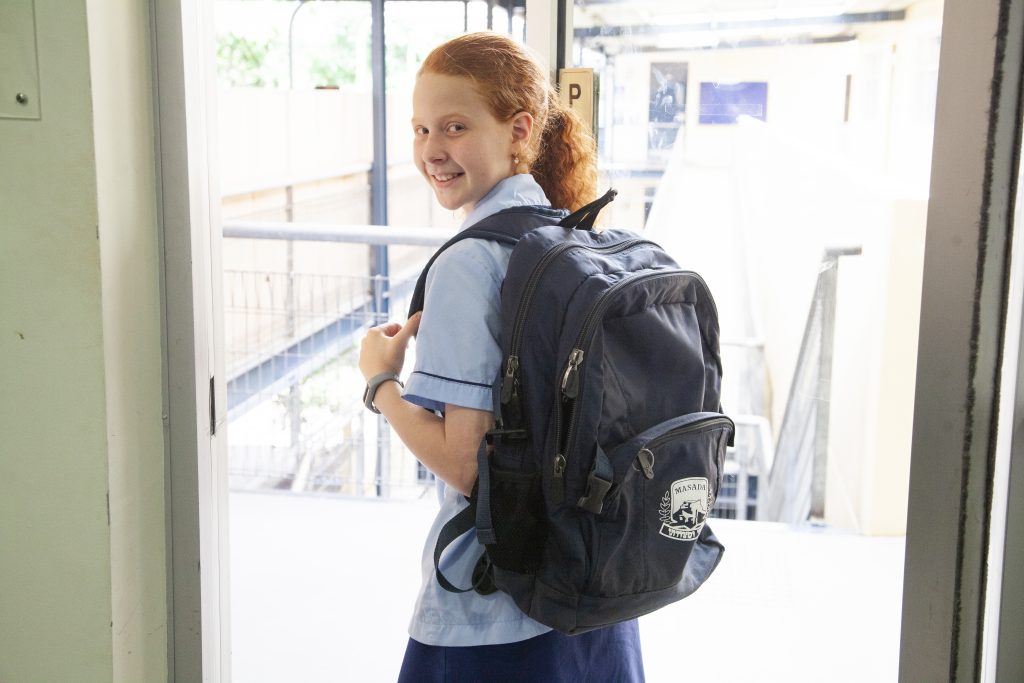By Mrs Nikki Grauman
Best available research indicates that one in seven Australian children and adolescents have mental health difficulties. In essence, these problems can come to school in an ‘invisible school bag’ that teachers, parents and even the students themselves are unaware of.
If we think about our own children’s first day of Kindergarten, a memory we may have is of packing their school bag and showing them where to find everything inside. We probably put a lot of thought into what food we sent, labelled or covered the books with great care and made sure to pack a spare hat and a raincoat – just in case. Then off our children went, bag on their shoulders, ready to face their first exciting day at school.
I wonder though, without consciously realising it, what the hopes, cares, worries and dreams we had in mind, when we handed over that school bag? Or if we gave a thought to the teacher that would soon be on the receiving end of our child, with that school bag?
The true question we should be asking is: what is it that our children are carrying with them – in that bag – that we cannot see? And it is the often times invisible baggage that has a great impact on how they will learn, behave or react and what types of relationships they will have with us, and with their peers.
As parents and educators alike, at the start of a new school year, it is important, I believe, that we sit down and ask our children, what is in their invisible school bag? And to revisit this question on a daily, weekly or monthly basis; so that we do not lose sight of the simple and complex things that can impact on their day, their attitudes and their learning.
I once read that: in order to teach each child, we have to reach each child. Our children’s ‘invisible school bags’ are very telling. As teachers and parents our role is to create safe environments and foster strong and reliable relationships, which will allow our children to share their stories, their dreams, their fears and their goals.
My challenge to myself – and I extend this to you – is to pay closer attention to what I don’t see in relation to the baggage our children carry around with them. By naming and noticing these invisible barriers, we can start to take steps to help unearth them. The irony being that identifying the invisible may make us see our children more than ever before. As a teacher, this will help us identify and improve the learning pathways of our students. As parents, it may allow us to develop a new understanding of why our children respond and behave the way they do. Either way, it is a win-win for all as the positive relationships we develop can be built on a foundation of hope, encouragement, guidance, appreciation, and achievement.

